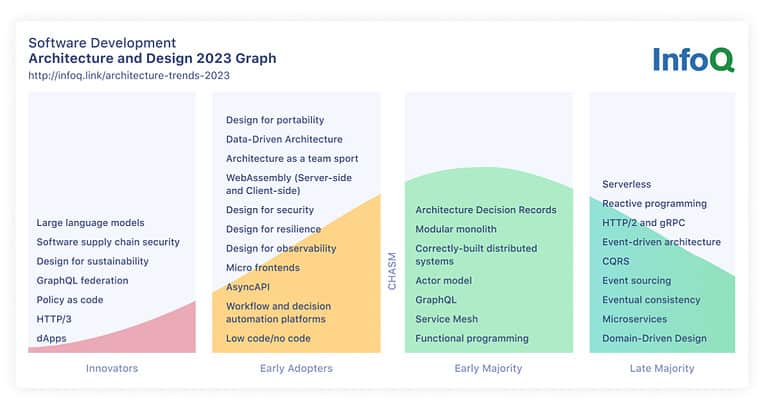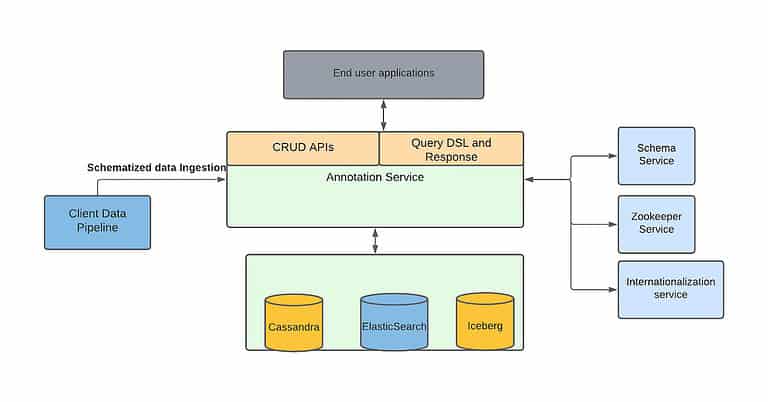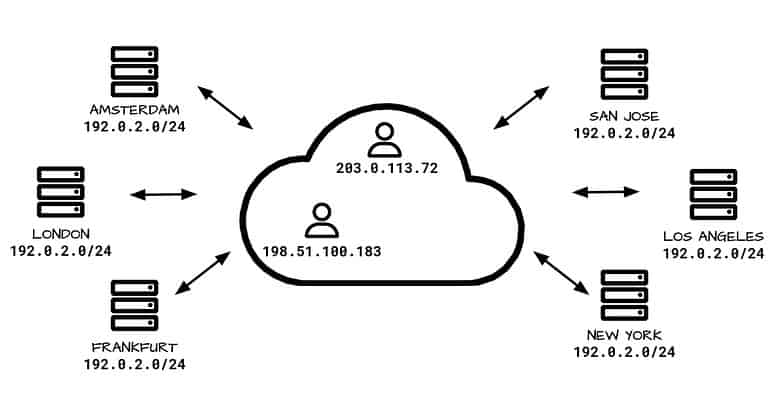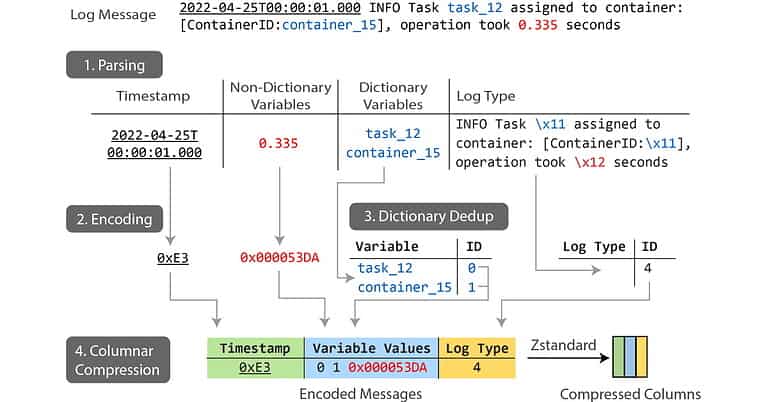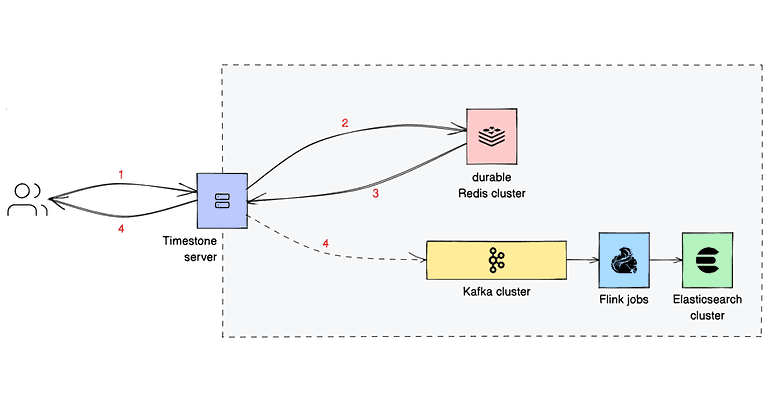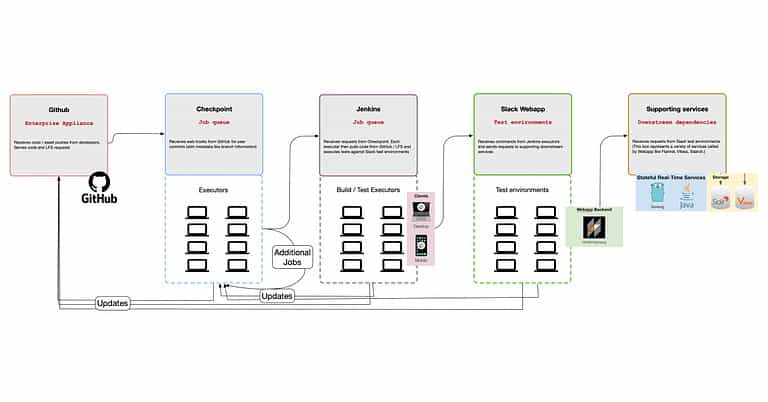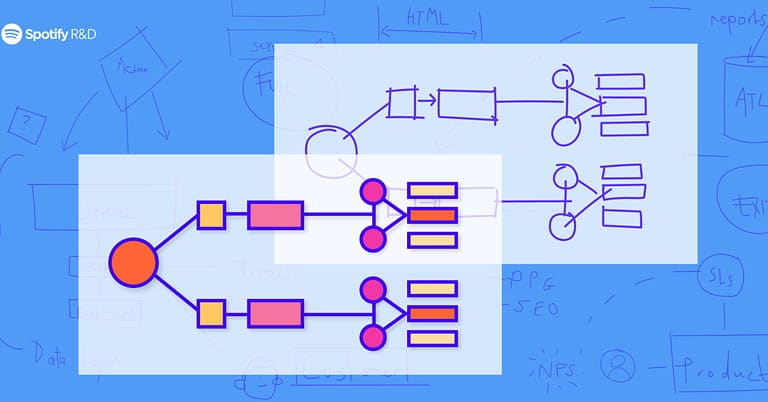InfoQ Software Architecture & Design Trends Report 2023
This article provides an overview of how the InfoQ editorial team sees the Software Architecture and Design topic evolving in 2023, with a focus on what architects are designing for today. Read more on InfoQ

